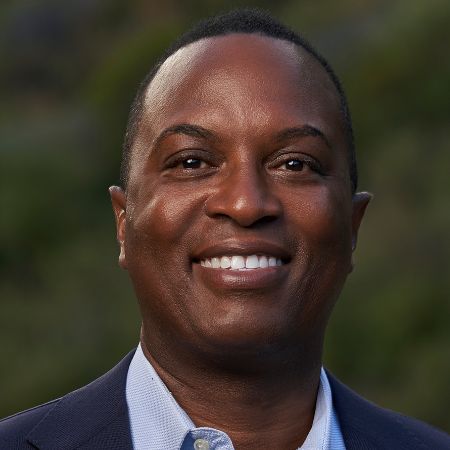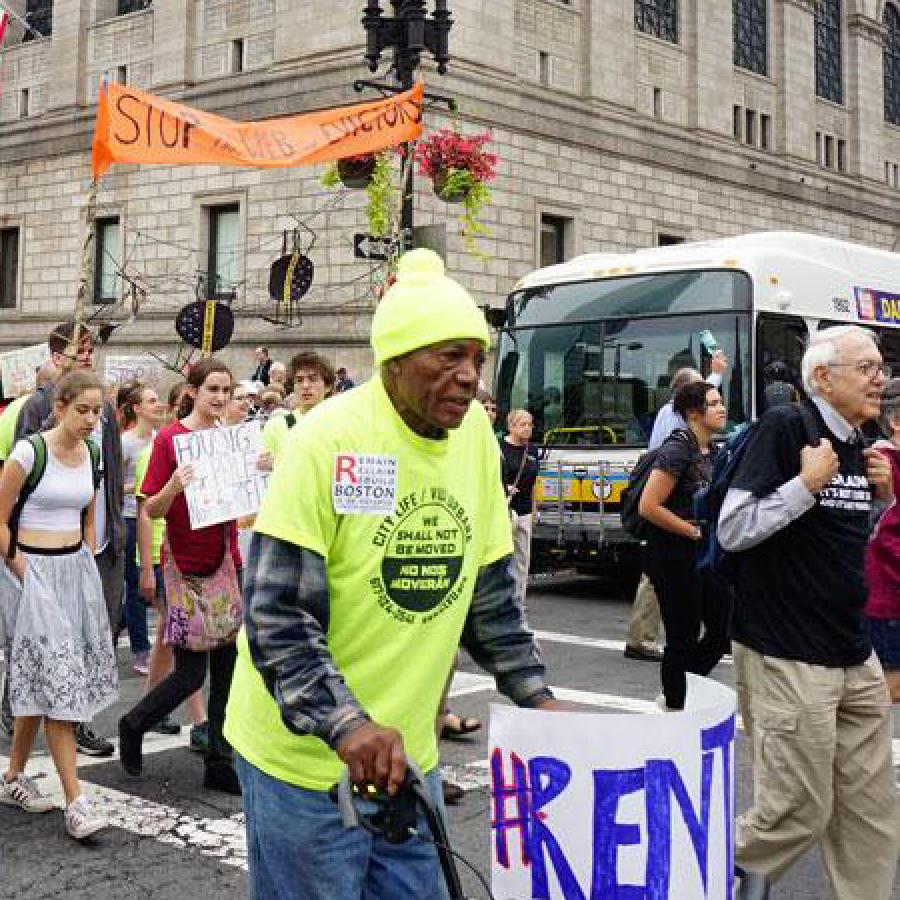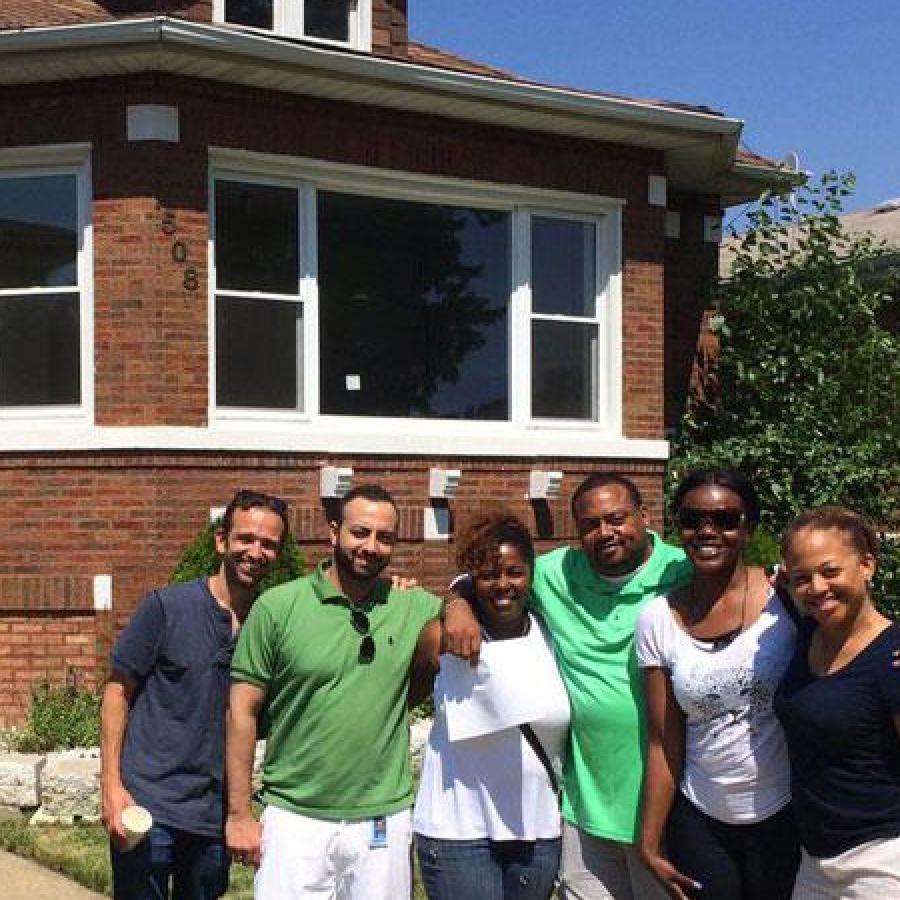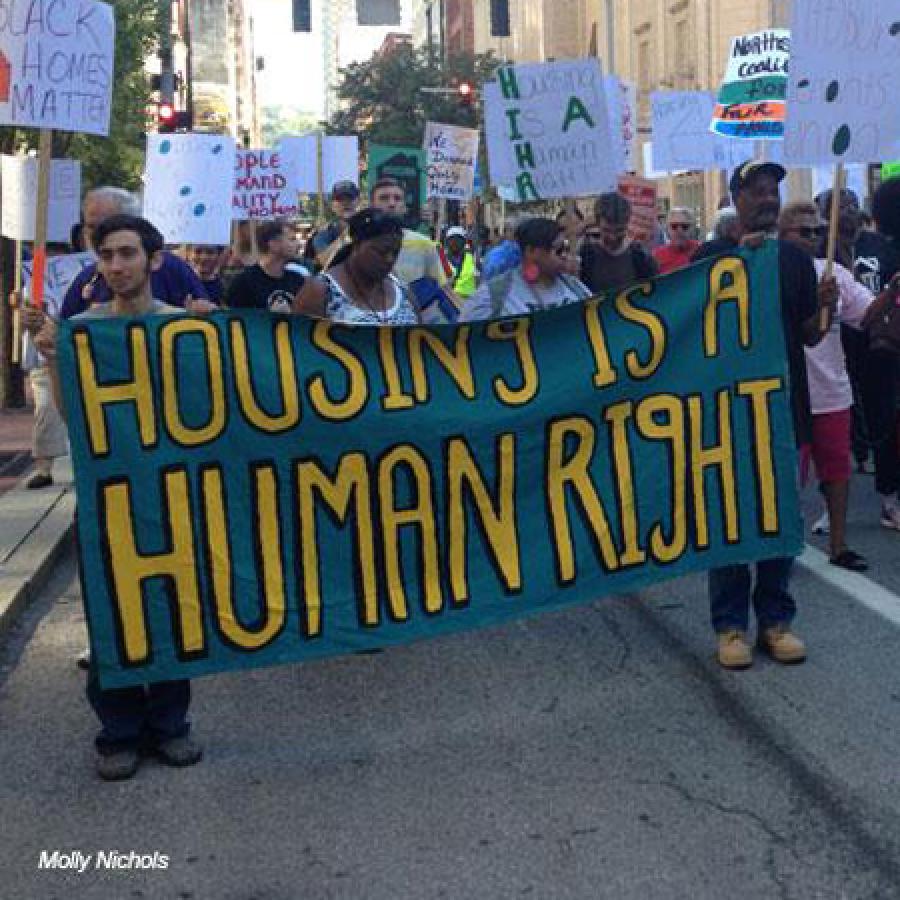Visionary Opposition: Thomas Shapiro on the Growing Racial Wealth Gap and How to Reduce It
As the United States moves closer to becoming a majority people-of-color nation, wealth and income inequality and racial economic inequities are not only persisting, they are getting worse. What could these trends mean for our future economic prosperity, and what kind of innovative policy solutions would it take to turn the tide? PolicyLink President Michael McAfee recently spoke with Thomas Shapiro, author of Toxic Inequality: How America’s Wealth Gap Destroys Mobility, Deepens the Racial Divide, and Threatens Our Future, to discuss why the racial wealth gap continues to grow — and what we can do about it.
Can you describe the genesis of your new book, Toxic Inequality? Why did you write it, and how would you characterize the state of toxic inequality today?
In 1998–1999, I and a team of researchers conducted a series of interviews with about 200 families with children in the Boston, St. Louis, and Los Angeles areas to learn about how their different wealth resources affect their opportunities, decisions, and outcomes. We reconnected with many of them again in 2011–2012 to see how they were doing. About two-thirds of the way through that time we went through the Great Recession, and when we followed up with these families I felt that the United States had entered a different and dangerous time — and I wanted to work through why the situation was so different. Today we are dealing with a combination of racial inequities and wealth disparities that I call “toxic inequality,” which is characterized by several factors.
First, the United States is experiencing historically high levels of both wealth and income inequality, going back as far as the data will take us, which is to the 1920s. No matter how you measure it, inequality is at historic highs.
Second, this increasing level of inequality is made even worse by the fact that it is taking place in the context of stagnating or declining wages and economic mobility for many families, starting in the 1970s. As a society, we can more readily manage inequality if things are also generally getting better at the same time, but that isn’t the case today. Inequality is going up while living standards are going down for many people.
Third, we have a vastly widening racial wealth gap. A large, nationally representative study following the same set of families from 1984 to 2013 found that the racial wealth gap among them grew from $85,000 in 1984 (adjusted for inflation) to nearly $240,000 by 2009. The racial wealth gap basically tripled in less than 30 years. Something very profound, deeply structural, and bent by the arc of state and federal policy is responsible for that.
Fourth is the issue of changing demographics. By 2044, no racial group will be a statistical majority in the United States. Our institutions are not prepared for this change and have done a terrible job of getting ready for it.
Fifth, and the work of Joseph Stiglitz is critical here, corporate power and lobbying on the part of very wealthy individuals and corporations has expanded the rule of the marketplace. For instance, who writes into the regulations that federal agencies cannot negotiate over the cost of pharmaceuticals? It would seem that they should be able to, but the rules say they can’t — because of pharmaceutical companies’ corporate lobbying power and policy influence.
Finally, pandering to racial anxieties — and fears of immigrants and immigration — has become more pronounced in American society in recent years, even before the last election.
Let’s talk more about the consequences of this situation and how the connections between wealth and opportunity affect outcomes related to jobs, homeownership, and other wealth-building strategies. Can you describe the differences between earning income and building wealth? How has the changing character of work and jobs affected the development of the racial wealth gap?
We live in an uber-capitalist society where money buys merit. It is totally inconsistent to have a system where some people have very large inheritances and to say we offer equal opportunity — but we pretend that we have both.
In many ways, financial assets and wealth give some people the opportunity to purchase further opportunities, which isn’t an option for other people. People with wealth and assets can literally buy second, third, and fourth chances for their children. For others, if you make a mistake with your first chance or if you have a life crisis like a layoff, illness, or death in the family, you have no way to get back on track. As john powell has said, “wealth is excess security.”
Jobs are an important piece. In 1970, General Motors (GM) was the largest employer in the United States, employing about half a million people. Most workers there were represented by unions; wages were rising faster than inflation; and living standards were improving. In 2013, the largest employer in the United States was Walmart, with 1.3 million jobs — very few of which offer the wages, job security, and benefits that had been accessible to union workers at GM.
In the 1970s, the connection between work and wealth was much stronger, institutionally and in policy. But in this transition from GM to Walmart, the connection between work and wealth was broken. It exists for far fewer workers in the United States today, and where it does still exist it maps on to the legacy of occupational segregation. For example, 62 percent of White workers work for an employer who provides access to retirement savings, compared to 54 percent of African American workers and about 38 percent of Latino workers.
Take the example of two families we met in St. Louis: the Ackermans, a White family who lived in a predominantly White suburb, and the Medinas, a Black family who lived about 20 miles away. Even though both sets of parents had similar education and skillsets, the Ackerman family earned about $20,000 more per year — and that was just the beginning of the story. Because of the jobs and institutions they were able to access, the Ackermans gained not only more income but also significantly more employer-funded retirement savings, health-care coverage, and college tuition benefits for their children — in total, more than $30,000 a year in additional compensation on top of earnings.
So when we followed up with them in 2010, the Ackermans had accumulated about $350,000 in retirement savings and their son was enrolled at the University of Missouri with his tuition covered. The Medinas had about $12,000 in retirement savings and their daughter was not college bound. When their children were young, these parents’ aspirations and hopes for their kids were equal. But their outcomes were not.
As more people continue to move to access career opportunities, does this change the equation in terms of pursuing homeownership as a key to wealth building?
That’s a great question. For some people, moving represents advancement in a career path, so the question of whether to pursue homeownership is a consideration. But when we followed up with the families in our study after 12 years, I was shocked by how few of them had moved. I expected many of them to have relocated, but only three families had moved more than about 50 miles away from where they started. People do move around a lot, but it tends to be within a given region — and many of them are renters.
The issue of homeownership is a very local thing. But it’s important to remember that for people in the 20th to 80th percentile of income earners, two-thirds of wealth is in home equity. Homeownership is deeply entrenched in policy regulations and mediated by mortgage lenders and real estate brokers and other interests — so access to home equity as a source of wealth is not simply the result of personal responsibility or thrift. Homeownership produces lesser returns for people of color than for Whites, but if you move every five years, buying a condo or a house could still make sense, because you’d otherwise be spending that money on rent.
Clearly the racial wealth gap, in aggregate, is not going to be eliminated by homeownership. But at the individual level, it is still very important. Families aren’t thinking about closing the racial wealth gap. They’re thinking about their security and their family’s needs: stable communities, safe streets, good schools.
Given the situation you describe, what are the innovative ideas and policies that you think have the potential to make a real difference? How do we keep moving forward?
There is a misleading narrative that has grown around the notion of universal solutions — for example, free college tuition in New York state. What should be universal is the outcome, as in the goal of universal college education. That doesn’t mean the policy solutions need to be universal. The solutions should be targeted, based on the different needs that exist, to get everyone to that universal goal.
The good news is that there are success stories of African American families experiencing economic mobility. Aggregate wealth of African Americans is growing — just nowhere near the pace of White family wealth. Some existing strategies are helpful, like HUD’s Family Self Sufficiency program, which allows people living in subsidized housing to save in escrow accounts the money they would otherwise spend on rent increases. A family in our study who was living in subsidized housing used this program to buy their first home; it’s a proven solution but it isn’t operating anywhere close to scale.
There is an emerging strategy that people are calling “visionary opposition”: not shying away from resisting the harms that are being done, but focusing on continuing to build the agenda we have been working on. We need to keep pushing forward to rewrite the rules, regulations, and policies that produced and perpetuate this state of toxic inequality; and the only way that happens is by advocating and winning reforms that simultaneously build political power with new constituencies and loosen the structures that hold power together. That’s where we need to move ahead — however that is defined at the local level and however it plays out nationally as well.



